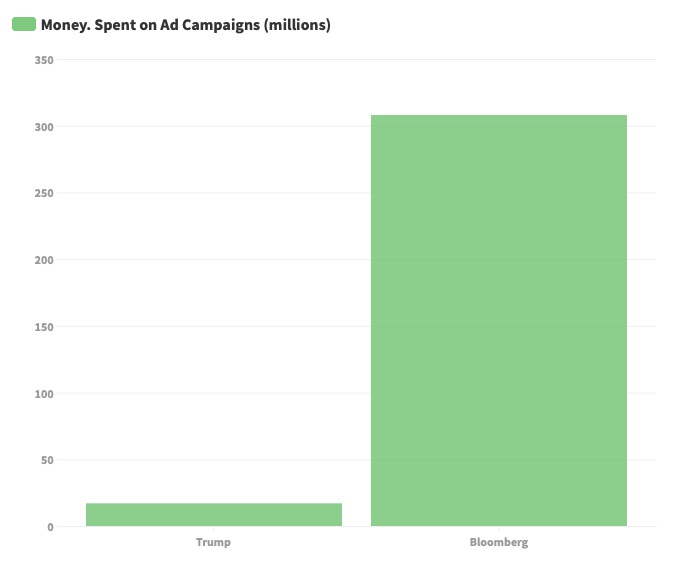Millions of Americans crowded around their TVs Feb. 2 to watch their favorite unofficial holiday, The Super Bowl. The game consisted of the usual events, two teams, a halftime show, but when it came to the commercial breaks, fans were greeted by an unfamiliar face: two political ads.
President Donald Trump broadcast his new reelection ad during the Super Bowl both highlighting some of his accomplishments during his first term as president. The first ad featured a video of former inmate Alice Johnson thanking Trump for dismissing her life sentence for a nonviolent drug conviction. The movement to save Johnson’s life was given a step up when reality TV star Kim Kardashian-West took her case to the White House.
This year, MSU Advertising professors and other faculty members joined together to rate Super Bowl advertisements from best to worst. Professors have been putting on the watch party for the past 23 years and sharing their opinions on the advertisements released.
“Donald Trump’s ad was rated the worst by the professor’s this year,” MSU Advertising professor Robert Kolt said. “I heard people actually groan at the sight of it and it felt like he was trying too hard to connect with the people. He wasn’t even personally in it.”
Trump’s ad was challenged by an ad from Mike Bloomberg, a former New York City mayor running against Trump. Bloomberg’s political ad consisted of an entire minute of him advocating gun control.
“Bloomberg’s ad had a big impact compared to Trump. His ad looked pretty good while still being surrounded by other good, funny ads,” Kolt said.
Super Bowl airtime is some of the most coveted exposure in broadcast television. The average rate for a 30-second ad during the game is $5.6 million.
According to an article by the Wall Street Journal, political ads will rake in $9.9 billion. The advertisements funded by the candidates reach anyone who watches TV, reads a newspaper, or drives past a billboard on the highway, but are they effective?
“When you have someone in tears over an ad, then you know it was effective. Candidates can really sink themselves with a bad ad, but I think the candidate with the best ads will win the election,” Kolt said.
Younger kids stop paying attention to the advertising they see on people’s lawns, magazines, and even their own campus. Television commercials are becoming redundant with the emergence of streaming services and political ads are going unseen.
The Super Bowl is notoriously home to comedic and heartfelt ads. With such a large number of viewers every year, the game is a primetime spot for political candidates to broadcast their advertisements.
“The Super Bowl is a place and will continue to be a place to get political ads out,” Kolt said. “The political ones are a little harder to fit in because they are surrounded by good, funny content, but it will always be a platform for the ads.”
